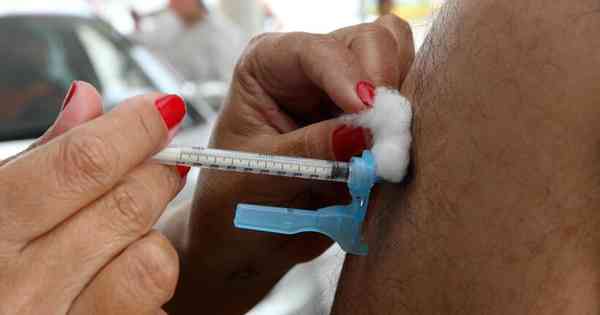On 11/22/2022, the Board of Directors of the National Health Surveillance Agency (Anvisa) approved the temporary and emergency use of the two bivalent vaccines against COVID-19 from Pfizer (Comirnaty). Approved vaccines are used as a booster shot in the population 12 years of age or older. Bivalent vaccines provide protection against more than one strain of the virus. They are able to immunize against more than one version of the virus at one time. For this purpose, mRNA technology with two genetic codes is used, allowing rapid updating of vaccine formulations when necessary.
COVID-19: A new variant is spreading in the UK
Bivalent vaccines against Covid disease are part of the second generation of vaccines against the disease. And know that updating vaccines is normal. Just think of influenza, an acute respiratory infection, caused by an influenza virus, with a high probability of transmission, with four types of influenza viruses: A, B, C and D. Seasonal epidemics, influenza A virus is responsible for major epidemics. Therefore, there is a flu vaccination campaign every year.
Anvisa has already released the characteristics of its approved vaccines – compared to Pfizer’s bivalent vaccines:
- It has a gray cover. The label will have the following identification: Comirnaty® Bivalent BA.1 or Comirnaty® Bivalent BA.4 / BA.5.
- Each vial contains six doses and the vaccine must not be diluted.
- Indicated for the population from 12 years old.
- Reinforcement is indicated. It must be applied three months after the previous primary or booster vaccine series.
- Shelf life is 12 months, when stored at -80°C to -60°C or -90°C to -60°C.
- It can be stored in the refrigerator, between 2 and 8°C, for a single period of up to ten weeks, not exceeding the original expiry date.
international scenario
Comirnaty’s bivalent BA1 vaccine has been approved in 35 countries.
The Comirnaty Bivalent BA4/BA5 vaccine has been approved in 33 countries, such as Canada, Japan, the United Kingdom, the United States of America, Australia and Singapore, among others, as well as the European Union.
External experts
To analyze the two bivalent vaccines, Anvisa also had a group of external specialists from the Brazilian Society of Pediatrics (SBP), the Brazilian Society of Infectious Medicine (SBI), the Brazilian Society of Immunization (SBIM) and the Brazilian Society of Pulmonology. and Phthisology (SBPT), which issued an advisory opinion to assist the agency’s analytical work.

“Hardcore beer fanatic. Falls down a lot. Professional coffee fan. Music ninja.”






More Stories
The law allows children and adolescents to visit parents in the hospital.
Scientists pave the way for the emergence of a new element in the periodic table | World and Science
Can dengue cause hair loss? Expert explains how the disease affects hair